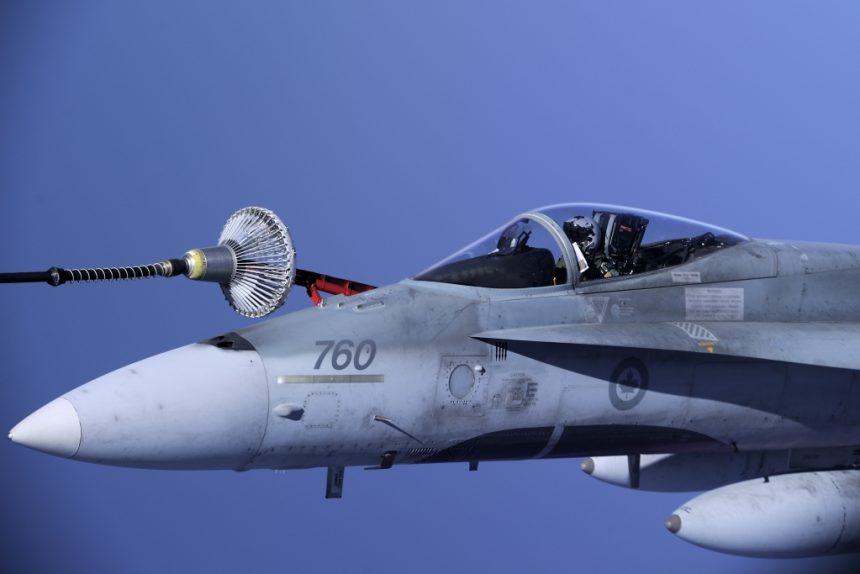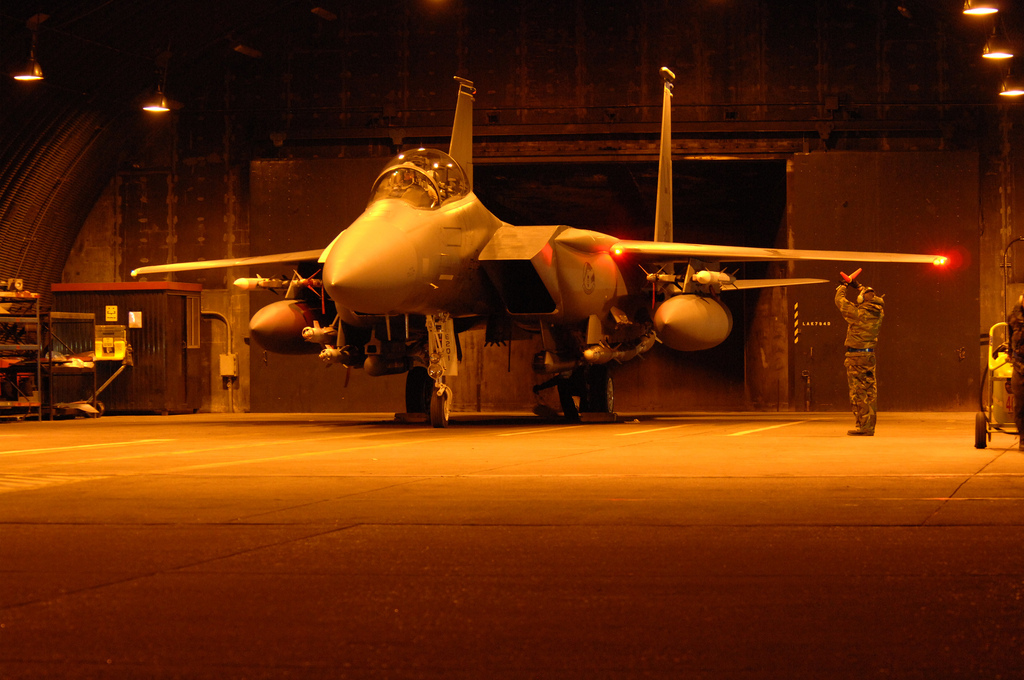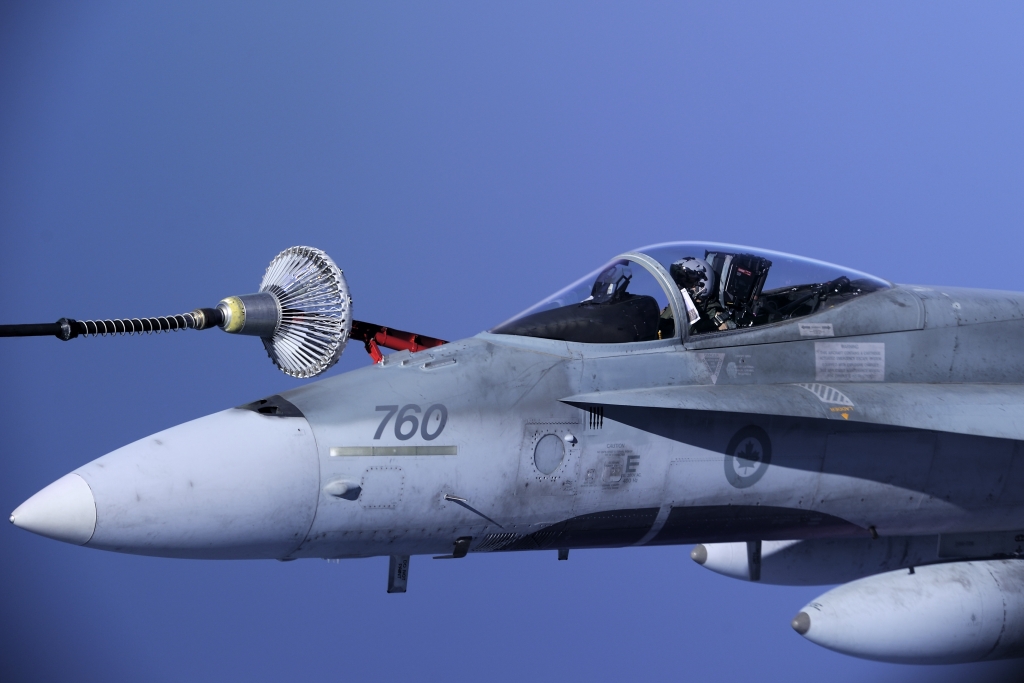Previous debriefings:
- Day 1
- Day 2
- Day 3
- Day 4
- Day 5
- Day 6
- Day 7
- Day 8
- Day 9
- Day 10
- Day 11
- Day 12
- Day 13
- Day 14
- Day 15
- Day 16
- Day 17
- Day 18
- Day 19
- Day 20
- Day 21
- Day 22
- Day 23
Day 24 saw the quick and quite expected collapse of the African roadmap to halt Libya’s civil war: as representatives from the African Union were in Benghazi to discuss with rebels the plan for peace, including immediate ceasefire, already accepted by Gaddafi after talks with South African President Jacob Zuma, head of an African Union mission, insurgents said Misratah was shelled by pro-government forces. Fierce fighting took place almost house-to-house in the besieged town.
NATO refused to suspend its bombing of Gaddafi’s forces unless there was a credible and verifiable ceasefire since, as Secretary-General Anders Fogh Rasmussen told during a press briefing in Brussels, Libyan government had already announced ceasefires in the past, but “they did not keep their promises.” For this reason air strike continued on Apr. 11, with allied airplanes hitting also military and (according to the State TV) civilian sites in Al Jufrah, in Central Libya, some 460 km to the southeast of Tripoli.
Since the beginning of Unified Protector (31 March 2011, 08.00GMT) NATO has flown a total of 1721 sorties conducting 713 strike sorties. On Apr. 10, out of 154 flown ones, 70 were strike sorties, intended to identify and engage ground targets, but not necessarily involving the use of PGMs.
Noteworthy, NATO has made available the exact number of assets currently under its command: 195.
According to the Al Jazeera English Libya Live Blog, the cost of the air war in Libya for the US military has reached $608million (from Mar. 19 to Apr. 4, thus including both Odyssey Dawn and Unified Protector) as an unidentified US defence official told to the AFP news agency. For the USAF alone, the cost of the war was estimated in about $4 million a day, Air Force Secretary Michael Donley explained to reports a week ago, even if it was a figure expected to come down as other allies carried out more air strike missions with the US aircraft playing only a support role.
Other interesting things, information and thoughts:
1) A few days ago, the Canadian Combat Camera released the following video showing the footage from a CF-18 targeting pod as the Canadian Hornet hit a Scud launcher storage in souther Libya.
[youtube=http://www.youtube.com/watch?v=22Mca22aFtw]
The video reminded me two things. First one, that the Scud Hunting, was an important phase of Desert Storm in Iraq when the coalition committed dedicated assets and special forces to locate and destroy Scuds and their launchers. Despite being inaccurate, the Scud missiles back in 1991 served as an effective terror weapon when fired against densely populated urban areas. On Jan. 18, 1991, 7 Scuds hit Israeli towns of Haifa and Tel Aviv causing nearly 50 deads. Similar attacks followed in the next days. The capability to prevent further launches was essential to persuade Israel to not intervene in the conflict spurring a reaction by other Arab nations. CAPs were arranged over those areas where Scud launchers were suspected to be present: in southern Iraq, from where they could hit Saudi Arabia, and in the western part of the country, along the border with Jordan, where they could be fired at Israel. Despite the use of LANTIRN targeting pods by F-15Es and satellites, the Iraqi TELs (Transporter Erector Launcher) were extremely difficult to detect because they were hidden under bridges or inside camouflaged culverts and they were withdrawn and moved to another location immediately after fired, increasing their survivability. Even if the allied aircraft were a deterrent for Scud launches they failed to destroy the majority of the TELs as post-war reviews underlined.
Second thing that the footage reminded me is that two Scuds were fired in 1986 by Gaddafi against Lampedusa island as a retaliatory attack in response to the US air strikes in both Tripoli and Benghazi. The two SS-1s did not reach the Italian island, but they scared a lot the local population.
When Odyssey Dawn began, many in Italy feared that some remaining Scud-Bs could be fired towards Italy. On this subject, Tom Cooper of ACIG.org told me at the end of March:
I’m sure at least a brigade/battalion of these is still operational. Reportedly no more but 4 TELs (plus few in storage) and around 50 missiles in total. The brigade in question was usually deployed in Syrte area. IMHO, that’s one of the reasons why that place has been particularly heavily targeted, in the last few days.
Here’s an excerpt of the press conference regarding the military actions in Libya, given by Gen. Carter Ham, commander U.S. Africa Command, in Sigonella on Mar. 24, 2011. The one below was the very first question Ham was called to answer:
Q: Yes, do you think Sicily is at risk of any direct attack by Libyan forces?
GEN. HAM: I do not think that Sicily is under threat of direct attack. Our mission is under the United Nations Security Council resolution and it’s very clear. It is to establish an arms embargo and to prevent the illegal shipment of arms to and from Libya. It is, secondly, to establish a no-fly zone so that his military aircraft cannot strike civilians, and thirdly, to protect the civilians from regime forces as best we can. And we’re accomplishing those missions. But I think the people here are safe from Libyan attacks, certainly.
Noteworthy, during the same period pictures of TELs 9K72E for R-17E/SS-1c SCUD-B appeared on an interesting blog at the following address: http://milinme.wordpress.com/2011/03/17/arab-revolts-revolutions-libya-11/. The one below should be credited to the above mentioned blog.
After reading the Day 13 Debrief pt.2 (about the “suspicious” Algerian AF flights to Libya) Richard Clements pointed me to the following interesting article on the subject, published by the Globe and Mail <a href=”http://www.theglobeandmail.com/news/world/africa-mideast/rebels-fear-other-regimes-are-throwing-support-behind-gadhafis-forces/article1940647//”>here</a> which contains some information about the Libyan Scuds:
March 14, 2011
Rebels fear other regimes are throwing support behind Gadhafi’s forces
By GRAEME SMITH
From Monday’s Globe and Mail
As the rebels retreat further, Algeria and Syria deny backing the regime in Tripoli
Rebels retreated under heavy bombardment over the weekend, and expressed growing alarm about Arab strongmen who have thrown their political weight – and, some suspect, military support – behind the regime in Tripoli.
As artillery and air strikes forced the rebels back along the main coastal highway, their chief military representative spoke for the first time about reports that Syria and Algeria are supplying men and weapons to Colonel Moammar Gadhafi.
Omar Hariri, military head of the Libyan Provisional Transitional National Council, said he’s concerned about reports that Col. Gadhafi hired Algerian pilots for bombing raids on Libyan targets. The council also fears that a Syrian ship loaded with weapons has sailed for Tripoli, he said.
“I hope this isn’t true,” Mr. Hariri said. “They’re our brothers.”
The regimes in Algeria and Syria have denied such allegations.
However, the rebels’ suspicions about an Algerian role, in particular, grew stronger in recent days they collected data from the air traffic control tower at Benina International Airport. The tarmac outside of Benghazi remains silent as the regime’s aircraft dominate the skies, but rebels have switched on radar and other monitoring systems. As an old printer grinds out reports about aircraft movement over Libyan skies, former pilots say they’re seeing a disturbing number of Algerian military flights to airstrips controlled by Col. Gadhafi.
The rebels are still struggling to get more recent data from their antiquated systems, but they supplied The Globe and Mail with records for 22 flights by Algerian aircraft to Libyan destinations between Feb. 19 and 26. Some are listed as passenger flights by Air Algerie, using civilian aircraft, but the majority are labelled “special flights” by aircraft bearing registration codes used by the Algerian military.
The records appear to show repeated flights by C-130 Hercules and Ilyushin Il-76, aircraft big enough carry battle tanks, from Algeria and within Libya. The destinations include small airports in Sabha and Surt, key forward bases for the regime forces now advancing on rebels in the east.
“The Algerians denied this very loudly, but they cannot deny this data,” said Gamal Elkour, a former flight engineer. “What did these planes carry? Fruits and vegetables?”
Algeria has described its role in the Libyan crisis as purely humanitarian, helping with evacuations. A senior Algerian official told Reuters last week that military support for the regime in Tripoli would be “absolutely inconceivable.”
Syria has also denied reports of involvement in the conflict. Local media in Damascus say the government has expressed outrage at reports on Al-Jazeera television about a Syrian boat carrying weapons and vehicles to Tripoli, and Damascus further denies reports of Syrian soldiers fighting alongside Col. Gadhafi’s forces.
Whatever the source, rebel commanders say their enemies now appear better equipped and organized. General Abdel-Fattah Younis, chief of staff for the rebel forces, said the regime’s weapons in the field now include R-17 Scud missiles.
“At the beginning, the momentum was good and we made really fast gains, but then he [Col. Gadhafi] started recruiting more mercenaries and bringing more armaments like the R-17 missiles and other heavy armaments,” he said. “What we’re trying to do now, is lure them into an area where we can even the fight.”
[…]
The Arab League supported the rebel call for a no-fly zone in a statement on Saturday, and recognized the council in Benghazi as the country’s legitimate government. Algeria and Syria reportedly offered dissenting views, perhaps nervous about dissent within their own borders.
“The ordinary people in Syria and Algeria are just like us,” said a rebel fighter, Mutaz El-Aukely, 29, smoking a cigarette on the waterfront in Benghazi. “They haven’t had their revolutions yet, and their leaders are afraid.”
So, most probably, some Scuds (B version) are in the hands of the regime and could be used like Saddam Hussein did in 1991. However they can be hidden and fired without the risk of being detected by the allied planes in those areas that are not covered by the NFZ, zones that are too far from Lampedusa island. On the paper, the range of a Scud-B should be around 300 km with a CEP (Circular Error Probable) of 450 mt: being 270 km away from the nearest patch of Libyan soil, Lampedusa should be out of reach of any SS-1C Scud-B in the hands of Gaddafi.
2) In the last 24 hrs the RDAF F-16s destroyed 2 tanks near Ajdabiya. Since the beginning of Odyssey Dawn, the Danish detachment has completed 82 missions during which has dropped 160 PGMs. The Italian contingent flew 8 mix (each with 2 aircraft): 3x Tornados, 5x Typhoons, 1x Harriers from Garibaldi aircraft carrier (I can’t understand why the only aircraft carrier mentioned when reporting about the war is Charles De Gaulle).
3) In the last weeks I was interviewed by many journalist about my theory that the French aggressive attitude at the beginning of the war was caused also by the need to showcase the Rafale (read Day 1, 2 debriefs and following for details). On Apr. 11, Al Jazeera English Libya Live Blog gave some details about an interview given by Saif al-Islam (Gaddafi’ son), over the weekend, in which he warned France that it would not make “a single Euro” out of the war and that it had lost important contracts that Libya would have signed to buy Airbus airliners and Rafale attack jets. But he didn’t rule out further negotiations, saying:
We are ready for talks even with the devil, but even the devil must know that there are red lines we will not cross.
Source: French Mod














